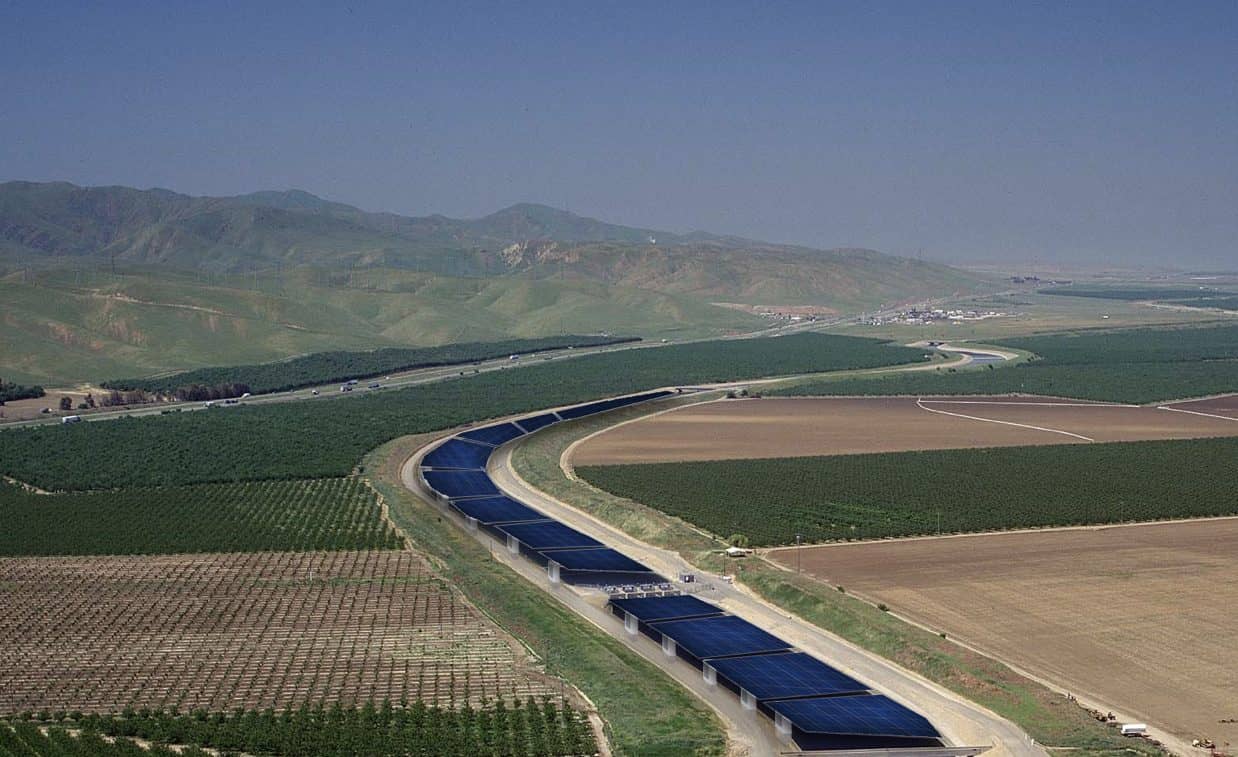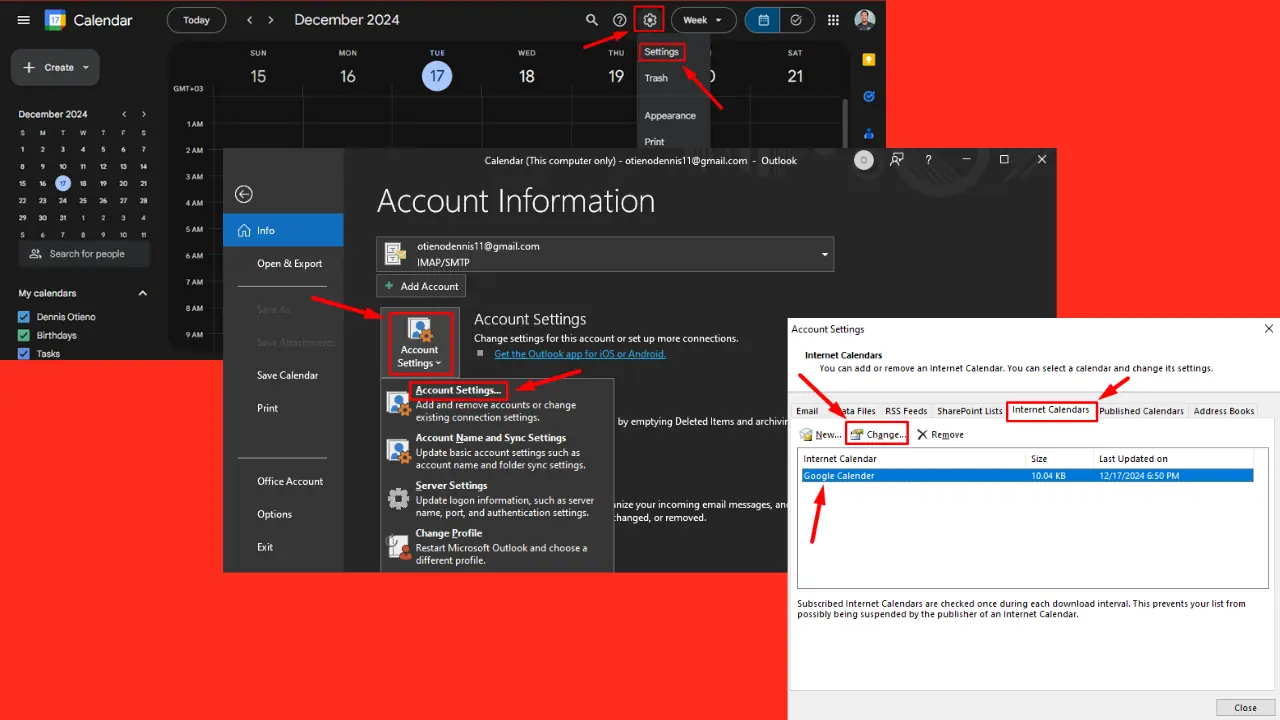California To Test First Solar Canal Project
3 min. read
Published on
Read our disclosure page to find out how can you help MSPoweruser sustain the editorial team Read more


Water supplies worldwide are depleting, and the western United States is experiencing it through its worst megadrought in at least 1,200 years. With this, experts are on the move to find viable answers to the problem. One of them that promises great success is the solar-canal solution introduced by a group of engineers. Now, the plan is about to be tested in California as the Turlock Irrigation District in California’s San Joaquin Valley builds the first solar canal prototype together with project developer Solar Aquagrid, researchers, and other experts.
According to Roger Bales, Distinguished Professor of Engineering, University of California, Merced, covering the 4,000 miles of California’s canals with solar panels can lead to different benefits.
“In a 2021 study, we showed that covering all 4,000 miles of California’s canals with solar panels would save more than 65 billion gallons of water annually by reducing evaporation,” wrote Bales in an article published from The Conversation. “That’s enough to irrigate 50,000 acres of farmland or meet the residential water needs of more than 2 million people. By concentrating solar installations on land that is already being used, instead of building them on undeveloped land, this approach would help California meet its sustainable management goals for both water and land resources.”
At the same time, the solar panels are expected to produce sufficient amounts of electricity that is estimated to be around 13 gigawatts of renewable energy capacity. This is half of the new sources the state of California hopes to have in order to meet its clean electricity goals (60% from carbon-free sources by 2030 and 100% renewable by 2045).
In addition, the project will also deliver other benefits such as wildlife and ecosystem protection, production of cleaner electricity, curbing of aquatic weeds, and saving 80,000 acres of farmland or natural habitat from being converted for solar farms.
On the other hand, Bales noted how brilliant the construction of the panels will be. Besides keeping the water at the proper levels to prevent excessive evaporation, he said that the water underneath the system can keep the panels working properly.
“Installing solar panels over the canals makes both systems more efficient,” he wrote. “The solar panels would reduce evaporation from the canals, especially during hot California summers. And because water heats up more slowly than land, the canal water flowing beneath the panels could cool them by 10 F, boosting production of electricity by up to 3%.”









User forum
0 messages